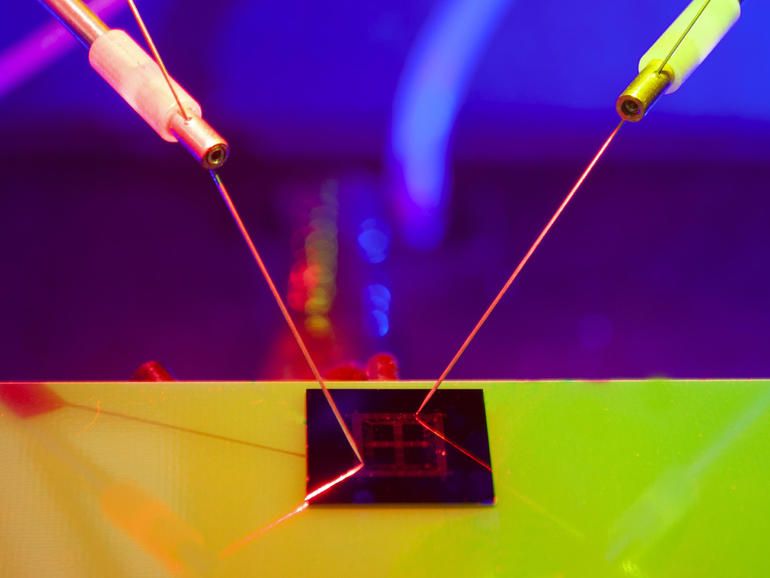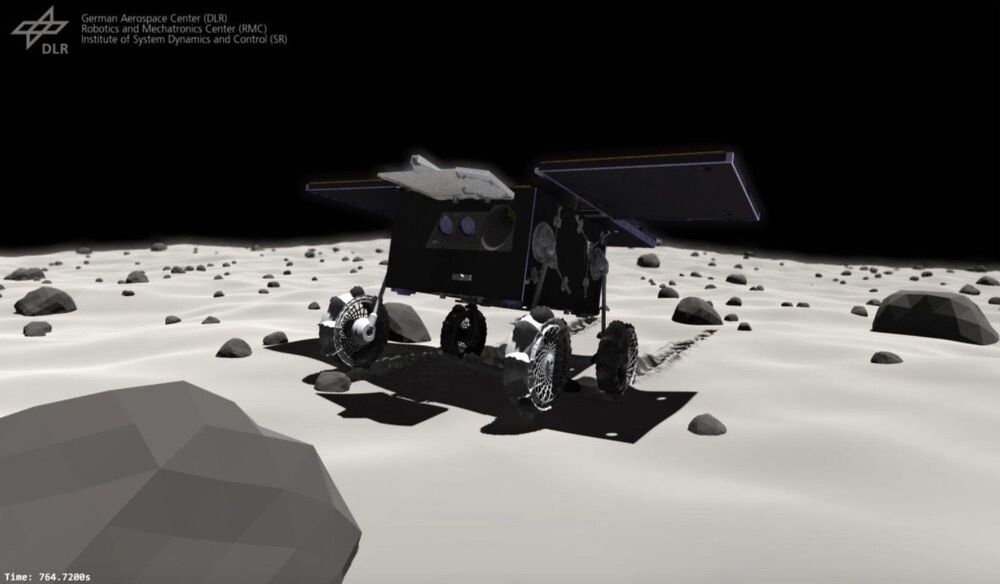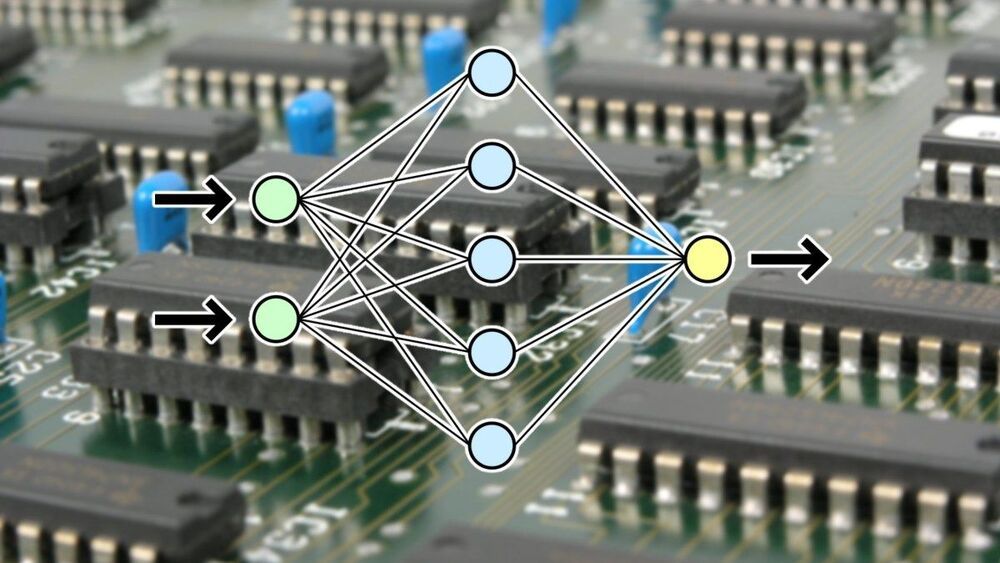As an open-source developer, the question I hear the most is “why would you want to give that away for free.?”
In the field of AI, there are many reasons why opensource is key. First, the code for building models does not give away any competitive advantage because the value comes from models+your own data. Second, it lets the whole world help you find and correct mistakes. Imagine building a house where every architect in the world can contribute one tiny idea. But more importantly, AI is a really hard problem to solve.
The problems in the field cannot be solved by any one individual or group.






